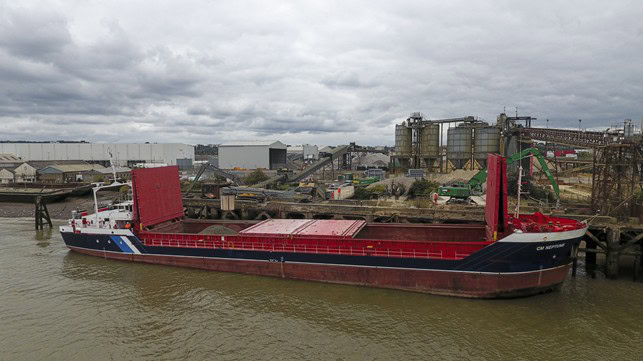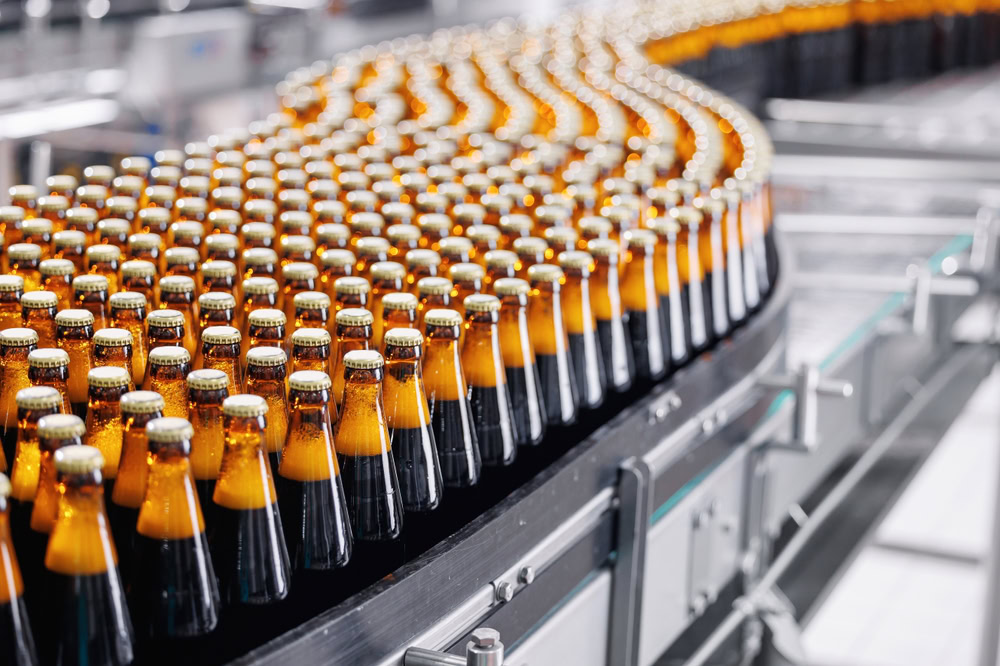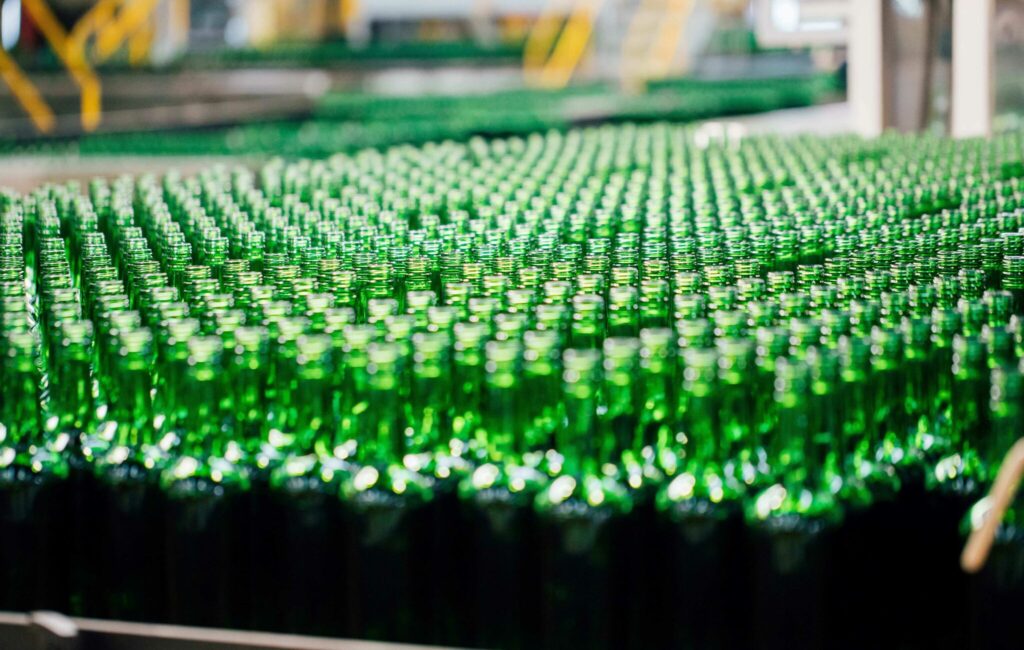Published in the peer-reviewed journal Discover Civil Engineering, the experimental study assessed how finely ground recycled waste glass could be used as a stabiliser in CEBs, reducing reliance on cement while maintaining, and in some cases improving, structural strength.
Compressed earth blocks are an increasingly popular low-carbon alternative to conventional bricks. Typically made from soil and water compacted under high pressure, they are often stabilised with cement to increase durability. However, cement production is carbon-intensive.
Researchers tested mixes of CEBs using varying ratios of recycled waste glass particles (RWGP) and lime, ranging from 0% to 25%, alongside soil and water. The aim was to find an optimum blend that could deliver high strength with reduced environmental impact.
Dr Muhammad Ali, associate professor in materials and environmental innovation at the University of Portsmouth’s School of Civil Engineering and Surveying, said: “There is an increased demand for the use of recycled industrial waste as sustainable building and construction materials, so we wanted to assess the properties of compressed earth blocks using recycled glass particles.
“At each percentage level we tested for water absorption, compressive strength and tensile strength – essentially looking at how much pressure and stress the blocks could endure before breaking or deforming.”
Striking results
The results revealed that a mix of 10% recycled glass powder and 10% lime yielded the highest mechanical performance.
Blocks with this composition achieved a compressive strength of 5.77 MPa after 28 days of curing – almost double the 3.03 MPa seen in unstabilised blocks, representing a 90% improvement. The same 10% blend also delivered the highest tensile strength of 0.52 MPa, a 30% increase compared to the unstabilised control.
“After testing blocks with varying mixes using lime and recycled waste glass, we found that a composition of 10% lime and 10% recycled glass particles produced the strongest blocks with no cracking under intense pressure,” Ali added.
Electron microscope analysis of the block surfaces also showed no micro-cracks in the 10% RWGP-lime samples. However, blocks with 25% recycled glass showed visible micro-cracking, suggesting that higher glass content may compromise integrity.
Collaborative research
The project was a collaboration between scientists from four universities and one research institute. In addition to the University of Portsmouth, the research involved Akenten Appiah-Menka University in Ghana, London South Bank University, the Federal University of Technology in Nigeria and the CSIR-Forestry Research Institute of Ghana.
The study’s authors note that further research is needed to assess other performance indicators such as thermal insulation and long-term durability.
The findings support broader efforts within the construction and recycling sectors to develop circular approaches to material use – repurposing glass waste to improve the sustainability profile of mainstream building products.







Subscribe for free